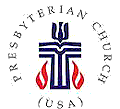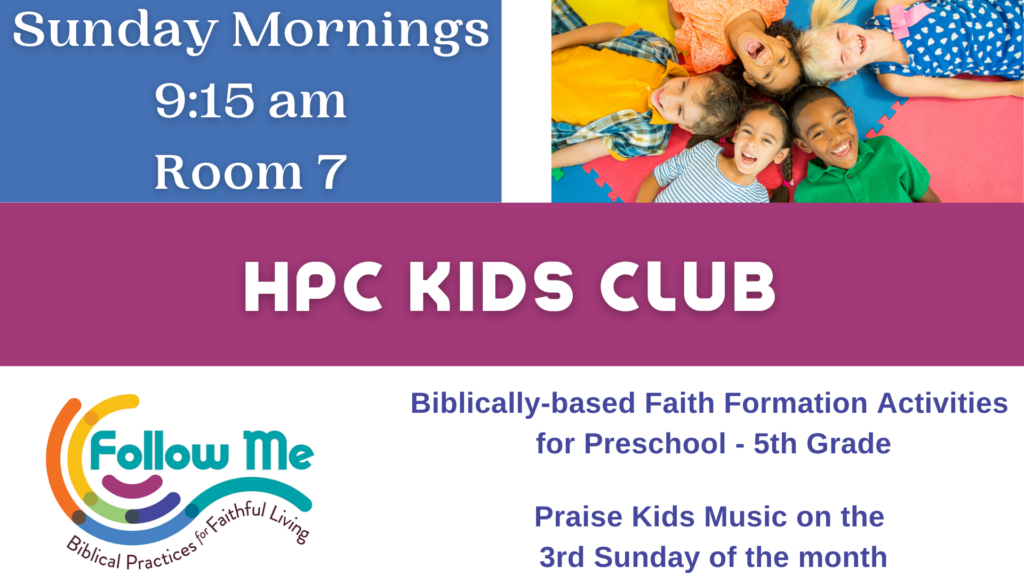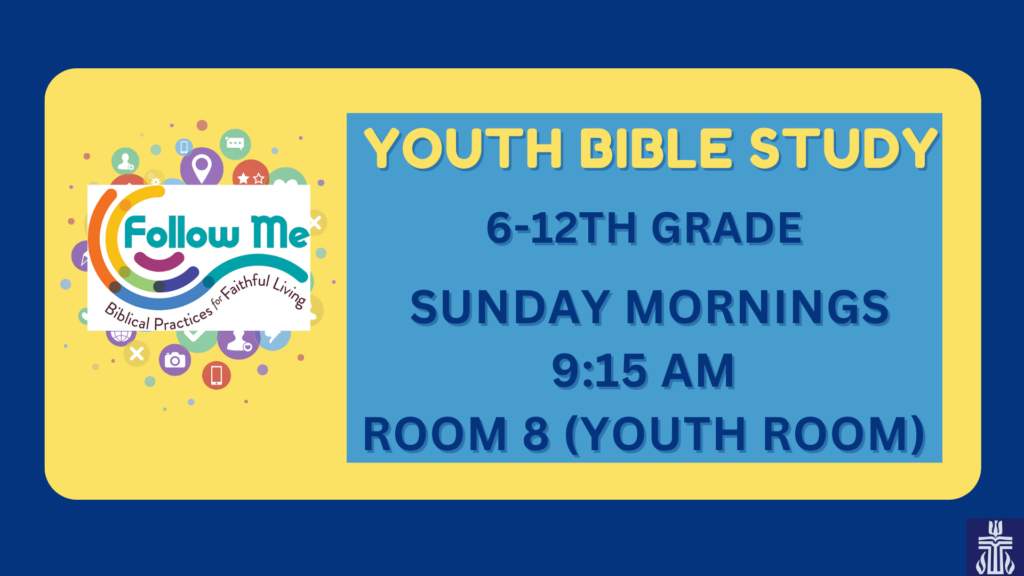Mention “leftovers” and you are likely to get a wide range of opinions, some of them quite strong. Some may insist that no leftover is a good one, while others appreciate encore performances of their favorites. I would offer that some things even taste better when they are leftovers, as the flavors have truly had the chance to come together. Consider a good batch of chili or slow simmered sauce. Or, my favorite “leftover” to enjoy: banana pudding.
Both of our scripture readings today leave God’s people with a lot of leftovers. Elijah’s meal feeds everyone with food left. In the gospel we hear the familiar story of Jesus blessing and multiplying a simple meal, so much so that twelve baskets are overflowing. These stories build upon the idea of God providing for us in a dramatic, exponential way. This is not just manna in the wilderness, enough sustenance for one day at a time; these are miracles of abundance.
The presence of leftovers is a promise that God isn’t done with us yet. There will be food and nourishment for another day. In fact, knowing they are there, we might even look forward to it. Leftovers, in a theological sense, build our anticipation of a continued relationship with God. Such stories remind us of the overwhelming generosity of God. Stories like these feeding tales encourage us to remember that even as we marvel in God’s goodness and blessings, they are only a small glimpse of what God is capable of. God is always bigger than our experiences, even our imaginations. Our God is indeed limitless. It’s as if we get to the end of an amazing deal or offer, and then hear that tag line “but wait, there’s more!”
This summer, we have spent 9 weeks exploring some of the stories of our faith and the songs that proclaim them. It was hard to pick such a small selection, so, as we come to the end of the summer together, I wanted to take time to remind you that, like those baskets of bread after all had been fed, there are ample “leftover” hymns for us to enjoy. This morning, we will get to sample a bit of those, first with a taste of some of the stories that didn’t make it into our series:
Did you know that one of the benefits of the Reformation was the rediscovery of congregational singing? Martin Luther was a huge proponent of the use and power of sacred music. He is quoted as saying:
If any man despises music, as all fanatics do, for him I have no liking; for music is a gift and grace of God, not an invention of men. Thus it drives out the devil and makes people cheerful. Then one forgets all wrath, impurity, and other devices[i].
Luther also wrote many hymns in the early sixteenth century, including perhaps the most powerful hymn for the Reformation, based off Psalm 46, A Mighty Fortress Is Our God. He said:
I wish to compose sacred hymns so that the Word of God may dwell among the people also by means of songs[ii].
Of course, no study of hymns would be complete without adequate mention of the late 17th and early 18th century poet Isaac Watts, who is frequently referred to as the father of English hymnody. He once wrote that:
The singing of God’s praise is the part of worship most related to heaven; but its performance among us is the worst on earth[iii].
For a period of two years, he wrote one hymn a week, seeking to give the church a better voice for its theology in song. Because of his departure from the classical settings of the Psalms, he was considered a radical churchman in his day. His more than 600 works include such scandalously new-fangled hymns as When I Survey the Wondrous Cross, I Sing the Mighty Power of God, O God, Our Help in Ages Past, Jesus Shall Reign, and Joy to the World.
Few songs are as well-known and celebratory as Joyful, Joyful, We Adore Thee. Set to Beethoven’s “Hymn to Joy”, from his ninth symphony (his last composed and generally considered the greatest). The words were penned by Henry van Dyke, a Presbyterian pastor from Pennsylvania who also served as our denomination’s moderator, a professor of literature at Princeton University, a Navy chaplain during World War I, and U.S. Ambassador to Holland and Luxembourg under President Wilson. He described the writing of the hymn, first published in 1911, saying:
These verses are simple expressions of common Christian feelings and desires in this present time, hymns of today that may be sung together by people who know the thought of the age, and are not afraid that the truth of science will destroy their religion or that any revolution on earth will overthrow the kingdom of heaven. Therefore these are hymns of trust and hope[iv].
Finally, many favorites stem from the tradition of gospel music, which saw its rise in the latter half of the nineteenth century. Robert M. Stevenson noted that:
Gospel hymnody has been a plough digging up hardened surfaces of pavemented minds. Its very obviousness has been its strength. It is the music of the people[vi].
A prime example of this musical trend, Blessed Assurance, was written by Fanny Crosby in response to simply hearing a new tune played for her by friend and eventual composer Phoebe Knapp, for Fanny Crosby was a blind poetess. She wrote three new hymns each week for a period while serving as a music publisher, and used over 200 pen names beside her own, writing pieces often suggested by visiting ministers wishing to have a new hymn on a particular subject or text. Over the course of her lifetime, Crosby wrote more than 8,000 gospel song texts, many of which have been an important part of evangelical worship for the past century. On her tombstone is a biblical quote referencing when Mary anointed Jesus with costly perfume, and reflects her very modest perspective on her contribution to sacred music: “She hath done what she could.”
Many of the stories behind our hymns are incredible. The ways in which music shares God’s story, our story, is not just limited to a short series, or even one hymnal. In fact, I think the sheer number of hymns and songs of faith are a sign of God’s incredible abundance and faithfulness. They remind us that there are not limits to God’s song. There are always more notes to be played. The “leftovers” from this summer and the many more within the pages of our hymnals and beyond remind us that God’s song continues. In fact, the songs of praise we offer and ways we express ourselves musically are ones that should go on and on, telling the story of God to new generations. Some old favorites will stand the test of time, alongside new melodies and lyrics that convey how God’s Word continues to be fresh and new to the next generation.
As people of faith, we are called to rise up and sing, with saints through all the years, with siblings in faith next to us in the pews, and for the future of God’s people who will continue to let voices ring forever in the glory of God. This morning, we invite you to do just that with a hymn sing to conclude this series together, allowing God’s word to be proclaimed once again in song! You can find hymnals in your pews, and we ask that you reference which hymnal and the hymn number so that everyone can follow along as we sing the first verse of your favorite – go ahead and call them out, as Denise leads us in song.
Let us sing!
~Rev. Elizabeth Lovell Milford
July 29, 2018
————————————————————————————————————————–
[i] Kenneth W. Osbeck, 101 Hymn Stories: The Inspiring True Stories Behind 101 Favorite Hymns, (Grand Rapids, MI: Kregel Publications, 2012).
[ii] Ibid.
[iii] Ibid.
[iv] Ibid.
[v] Ibid.
[vi] Robert. M. Stevenson in Patterns of Protestant Church Music, as quoted by Kenneth W. Osbeck in 101 Hymn Stories.



